-
Sample While visiting the beach with her grandchildren, Grandma keeps them entertained with the story of Sammy the salmon who goes off in search of adventure. Read along as he leaves the river and heads into the ocean all alone. Along the way, he meets many sea creatures and dangers before discovering the wonder that is coral-land.in 3rd GradeSku: 9781922348432
How Sammy Went to Coral-Land
By: Emily P. Atwater$8.95 -
How tall is a giraffe or a redwood tree? How tall is the Statue of Liberty? A perfect read-aloud for young science lovers and budding mathematicians.in KindergartenSku: 9781479519132
How Tall? Wacky Ways to Compare Height
By: Mark Weakland$13.95 -
Diagram over 100 sentences by masters of the English language, and learn how to analyze and understand clear, effective writing. Using this book requires The Diagramming Dictionary, which explains each rule.in 10th GradeSku: 9781952469350
How to Diagram Any Sentence
By: Susan Wise Bauer, Patty Rebne$25.95 -
-0%This complete compendium of sentence diagramming rules, including illustrated sample diagrams and accompanied by a full book of practice exercises, is an indispensable guide to diagramming and writing—throughout high school, into college, and beyond.in 10th Grade
How to Diagram any Sentence Bundle
By: Susan Wise Bauer, Patty Rebne$52.90Original price was: $52.90.$50.25Current price is: $50.25.By: Susan Wise Bauer, Patty Rebne$52.90Original price was: $52.90.$50.25Current price is: $50.25. Add to cart -
Girls and boys ages 5 to 10 can learn to draw many different things by using circles, ovals, rectangles, squares, and other shapes!in 1st GradeSku: 9780486472034
How to Draw
By: Barbara Soloff Levy$8.50 -
Girls and boys ages 5 to 10 can learn to draw many different animals by using circles, ovals, rectangles, squares, and other shapes!in 1st GradeSku: 9780486468938
How to Draw Animals
By: Barbara Soloff Levy$8.50 -
Girls and boys ages 5 to 10 can learn to draw many different birds by using circles, ovals, rectangles, squares, and other shapes! There are 30 pictures to create: peacock, swan, duck, cardinal, penguin, toucan, owl, ostrich, and more. Simple directions and step-by-step illustrations make it easy and practice pages are included. Plus, the illustrations can be colored when finished.in 1st GradeSku: 9780486472409
How to Draw Birds
By: John Green$8.00 -
Budding artists can easily create a variety of different types of transportation by joining circles, ovals, rectangles, cylinders, and other common shapes! • 30 pictures to draw: canoe, biplane, antique locomotive, ocean liner, seaplane, passenger car, modern train, and more • Simple directions, step-by-step illustrations • Includes blank practice pages • Illustrations can be colored when finished • For children ages 5 to 10Dover Original.in 1st GradeSku: 9780486471020
How to Draw Planes, Trains, and Boats
By: Barbara Soloff Levy$6.75 -
Bake a delicious apple pie--and take a trip with this culinary global adventure!in 3rd GradeSku: 9780679880837
How to Make an Apple Pie and See the World
By: Marjorie Priceman$11.99 -
How to Read a Book contains clear and useful instructions on how to determine what kind of book you are reading, the four levels of reading, and how to read different kinds of books. The principles in this book are applied directly to Aristotle’s Rhetoric in Memoria Press’ Classical Rhetoric.in 10th GradeSku: 9780671212094
How to Read a Book
By: Charles Van Doren, Mortimer J. Adler$30.00 -
31 hands-on field activities to connect art, science, math, and critical thinking, while encouraging students and mentors alike to recognize and record the wonder and beauty in the natural world.in 4th GradeSku: 9781597144902
How to Teach Nature Journaling
By:$47.50 -
The Problem Log is where students record their work. It contains activity sheets, formal assignments, and other pages that are essential to students as they progress through the unit.in 5th GradeSku: 9780898244700
Hull House – Problem Log
By: Shelagh A. Gallagher, Ph.D., Dana L. Plowden$11.50 -
The Resource Book contains primary source documents and other materials that teachers will need to provide to students as they work through the unit.in 5th GradeSku: 9780898244724
Hull House – Resource Book
By: Shelagh A. Gallagher, Ph.D., Dana L. Plowden$26.50 -
The Teacher Manual contains detailed instructions on how to implement the unit. It describes how to conduct the project, how to develop problem-solving skills and awareness, and how to lead students into considering all sides of the situation.in 5th GradeSku: 9780898244717
Hull House – Teacher Manual
By: Shelagh A. Gallagher, Ph.D., Dana L. Plowden$52.50 -
Beautiful thoughts for beautiful penmanship.
More than 200 years ago Letitia Anna Barbauld gave children a beautiful gift: Hymns in Prose for Children. First published in 1781, these hymns—written in prose, not in poetry form—encourage a love and reverence for God by drawing attention to His handiwork, His presence, and His protection. Now you can use these inspiring selections to also encourage good penmanship with Hymns in Prose copybooks.- Nourishes the mind while improving handwriting.—As your child carefully copies these beautiful hymns, he will contemplate great truths about God even as he develops the muscle memory needed for good penmanship.
- Reinforces correct spelling and sentence structure.—Working with Mrs. Barbauld’s well-composed sentences will cultivate an excellent feel for good composition and a practiced eye for correct spelling.
- Supports your choice of handwriting style.—Hymns in Prose copybooks are available in a variety of popular styles. Choose from print or cursive in either Zaner Bloser or D’Nealian style.
- Gently guides beginning writers toward standard notebook paper line width.—The first selections in the book present the words in a more spacious format with larger letters, as is fitting for beginning writers. As your child progresses through the hymns, the letters grow gradually smaller and the lines closer together.
- Reviews words learned in reading lessons.—The selected hymns correspond to the Hymns in Prose for Children reader and optional teacher book. If you are using those resources for reading lessons, these copybooks will provide additional opportunities to review words your child is learning.
 in 2nd GradeSku: 9781616341541
in 2nd GradeSku: 9781616341541Hymns in Prose Copybook D’Nealian Cursive
By: Mrs. Barbauld$22.50 -
Beautiful thoughts for beautiful penmanship.
More than 200 years ago Letitia Anna Barbauld gave children a beautiful gift: Hymns in Prose for Children. First published in 1781, these hymns—written in prose, not in poetry form—encourage a love and reverence for God by drawing attention to His handiwork, His presence, and His protection. Now you can use these inspiring selections to also encourage good penmanship with Hymns in Prose copybooks.- Nourishes the mind while improving handwriting.—As your child carefully copies these beautiful hymns, he will contemplate great truths about God even as he develops the muscle memory needed for good penmanship.
- Reinforces correct spelling and sentence structure.—Working with Mrs. Barbauld’s well-composed sentences will cultivate an excellent feel for good composition and a practiced eye for correct spelling.
- Supports your choice of handwriting style.—Hymns in Prose copybooks are available in a variety of popular styles. Choose from print or cursive in either Zaner Bloser or D’Nealian style.
- Gently guides beginning writers toward standard notebook paper line width.—The first selections in the book present the words in a more spacious format with larger letters, as is fitting for beginning writers. As your child progresses through the hymns, the letters grow gradually smaller and the lines closer together.
- Reviews words learned in reading lessons.—The selected hymns correspond to the Hymns in Prose for Children reader and optional teacher book. If you are using those resources for reading lessons, these copybooks will provide additional opportunities to review words your child is learning.
 in 1st GradeSku: 9781616341503
in 1st GradeSku: 9781616341503Hymns in Prose Copybook D’Nealian Print
By: Mrs. Barbauld$22.50
Grade
Shop our products by Grade.



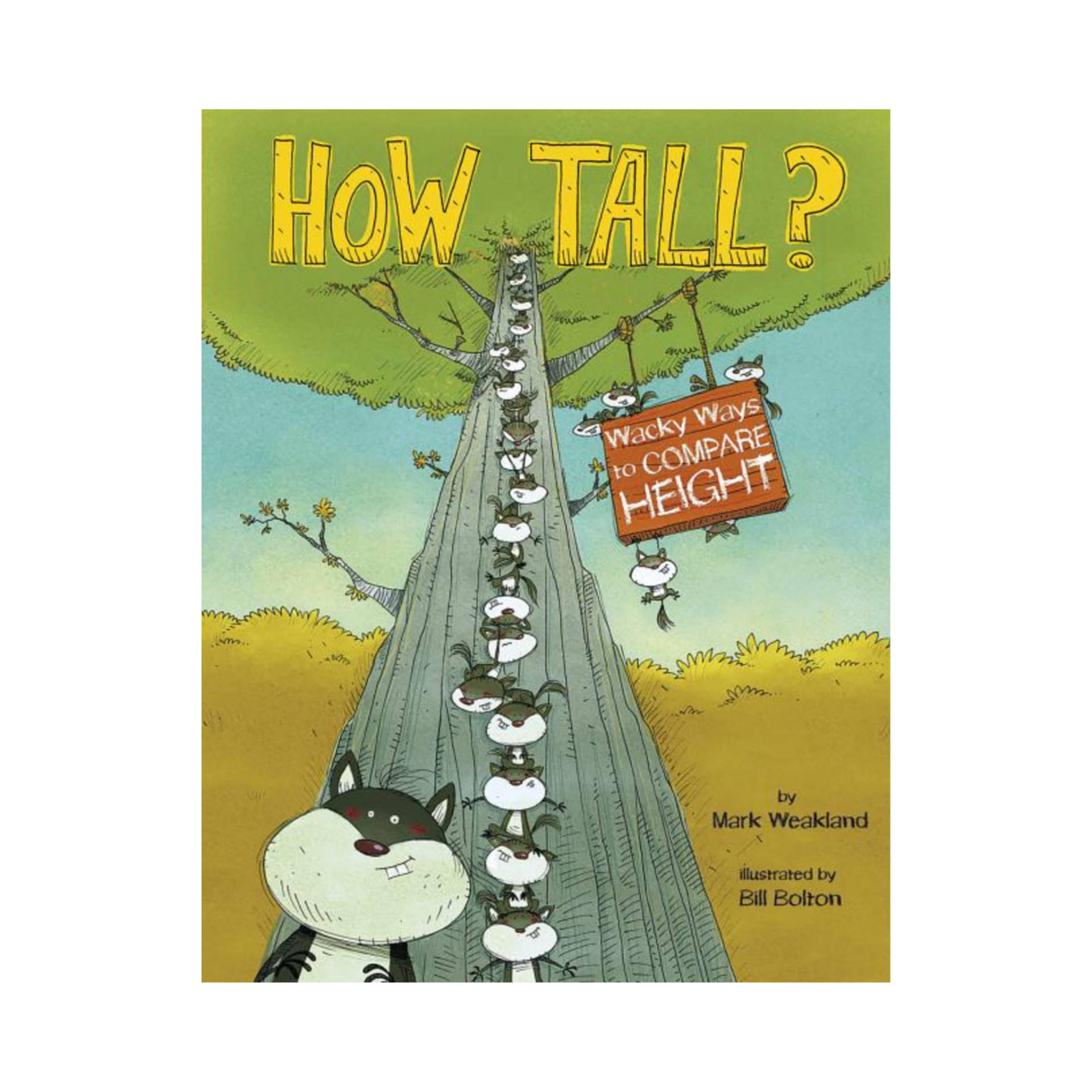

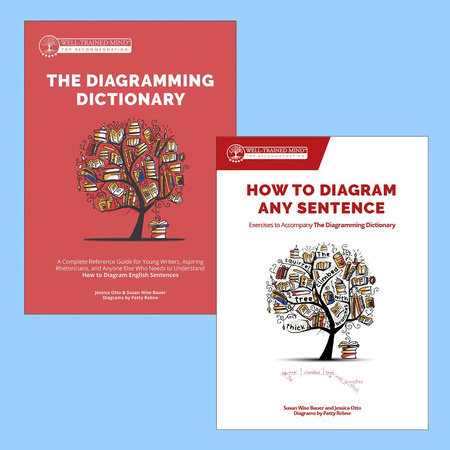
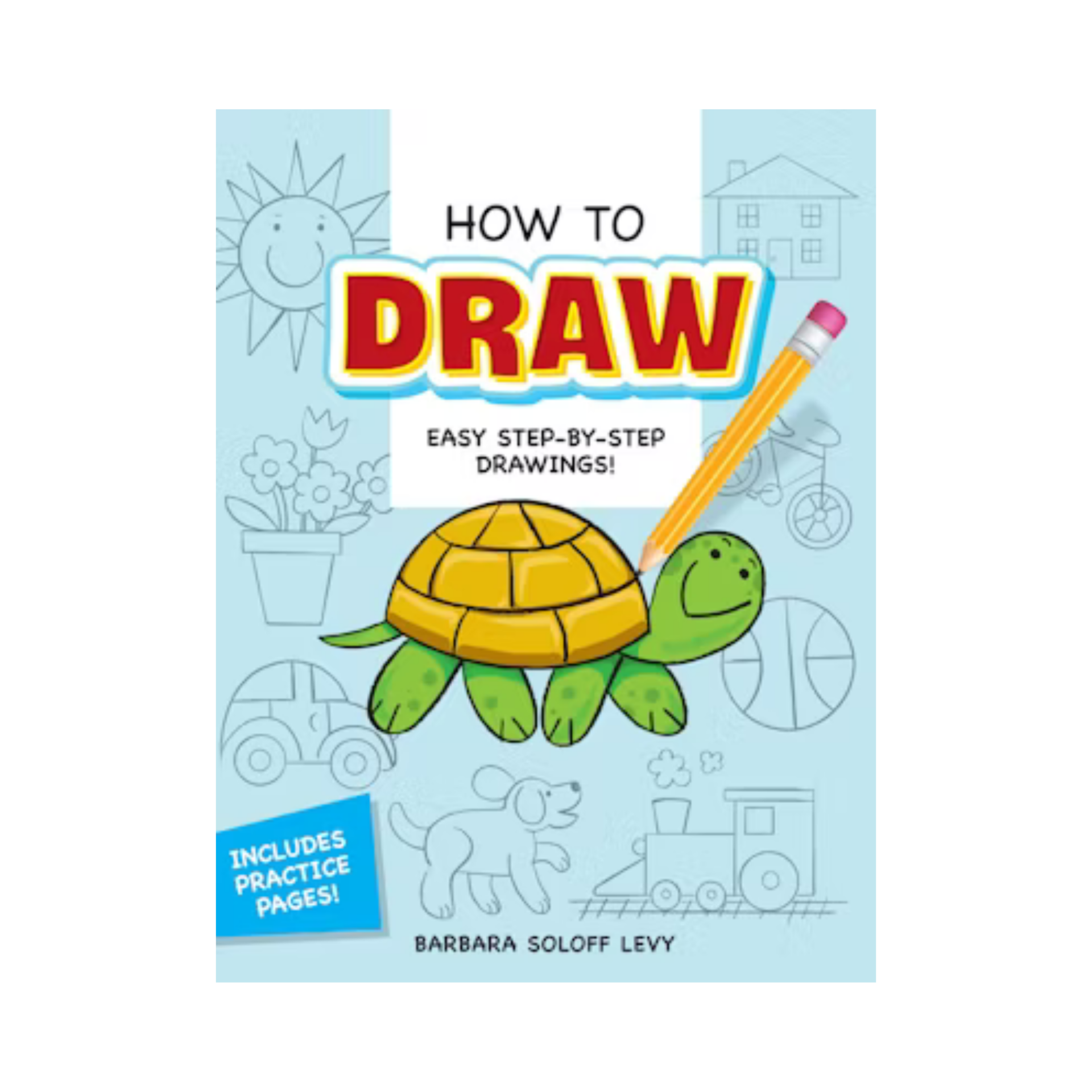
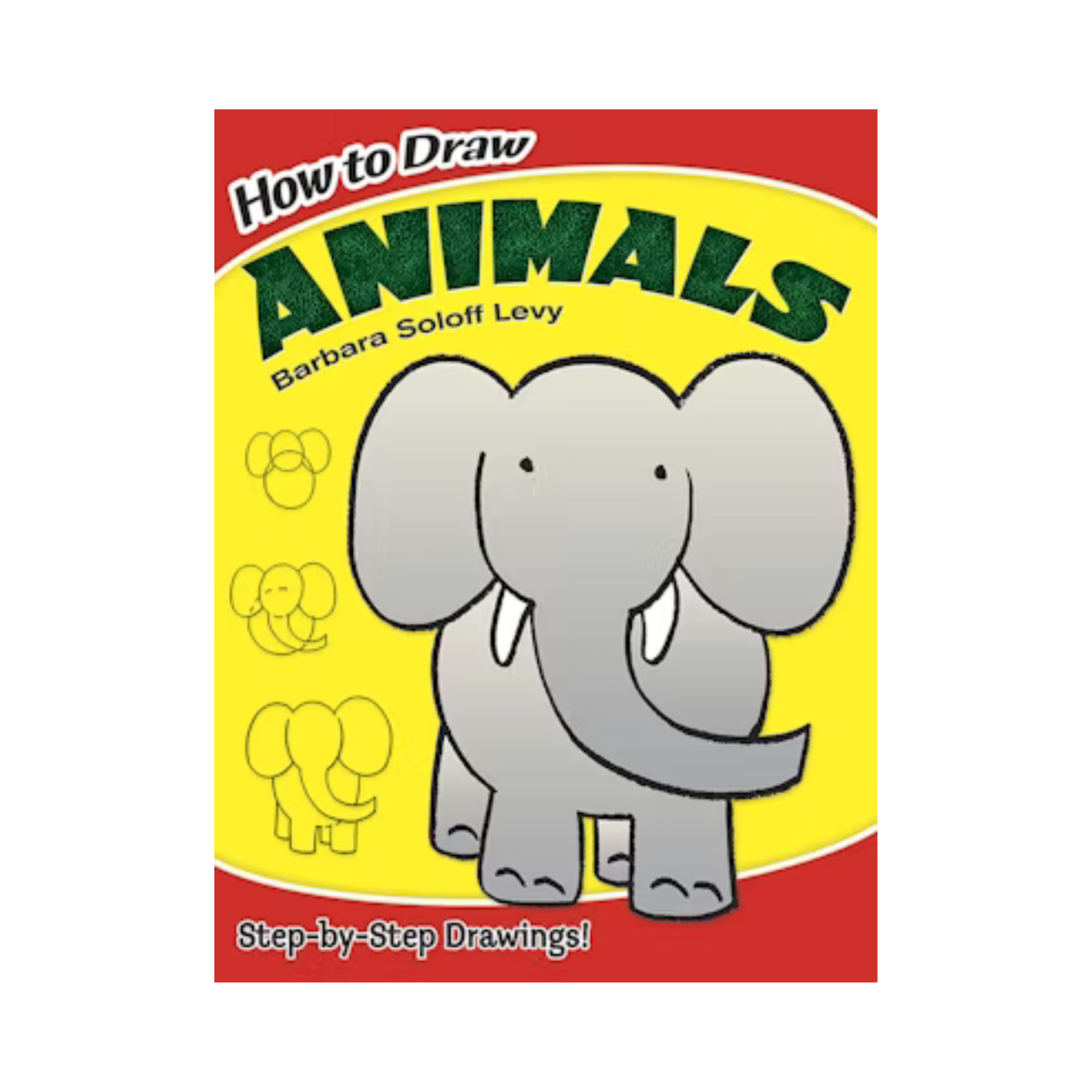
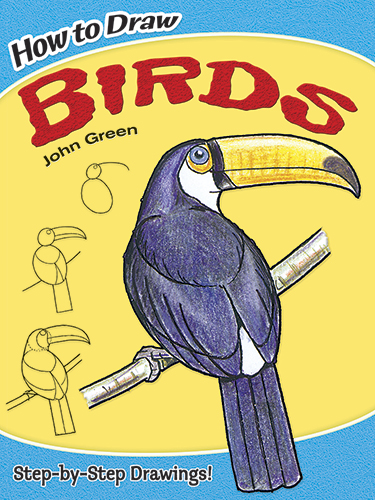
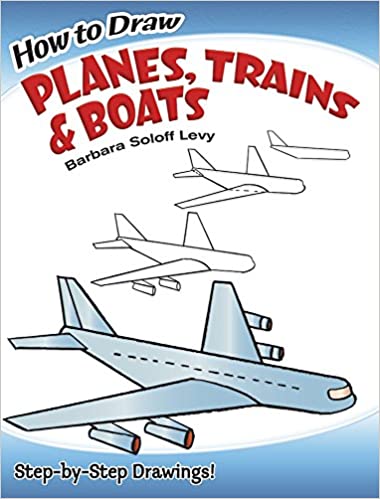



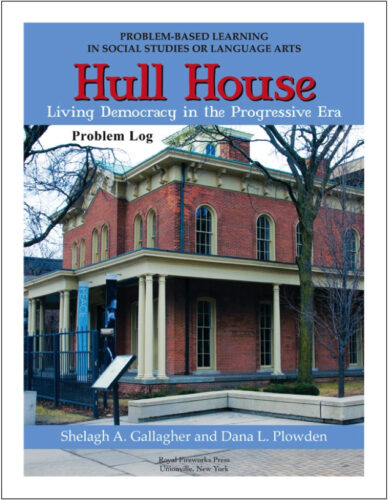
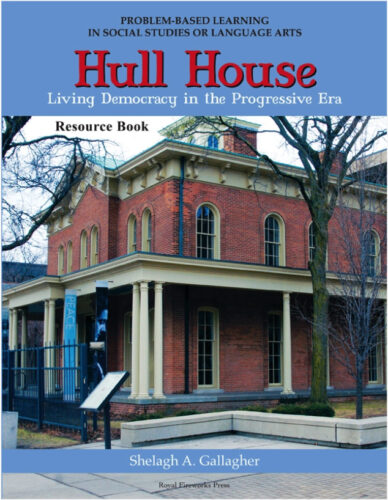
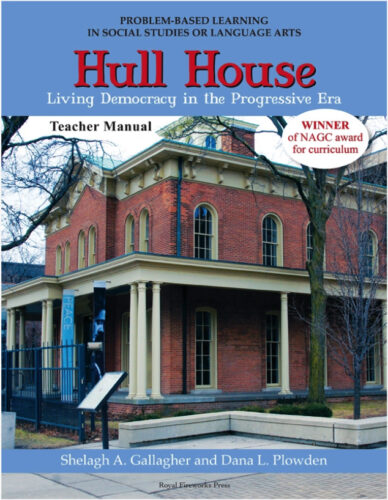
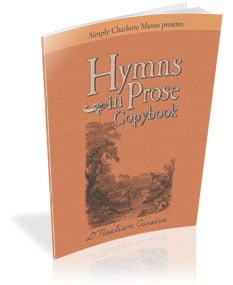
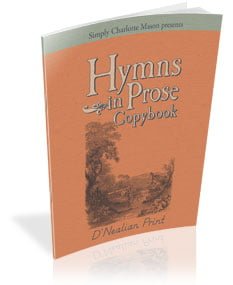
 No products in the cart.
No products in the cart.